Remi M.
TPF Noob!
- Joined
- Jun 25, 2006
- Messages
- 279
- Reaction score
- 0
- Location
- Vancouver, Canada
- Can others edit my Photos
- Photos OK to edit
I have never owned a film camera. I have very limited knowledge of film of any kind. I shoot everything with my DSLR.
Over time I have picked up snippets of info about medium format.
There are allot of things that intrigue me about it. Large resolution (sorry I can't help but think in terms of digital). The way it handles contrast. The supposed greater dynamic range.
Recently I watched a documentary called "Manufactured Landscapes".
http://www.edwardburtynsky.com/Introduction/Manufactured_Landscapes.html
The photographer was using a medium format film camera. I noticed that the film was a positive and rather large.
I read somewhere about scanning in slide film. Does this all mean that I can take a shot with a medium format camera and just scan it into my computer? Without developing anything in a darkroom?
If thats true I would be very interested. I am so used to the non-destructive nature of Photoshop that it would be very hard for me to get into darkroom processing. I also don't want to bother with taking my shots to a pro lab.
Whats is the cost of Medium format equipment and film?
Is my best bet to buy a used mamiya on ebay?
Are there new Medium format film camera's made today?
How hard is it to find slide film?
I prefer to shoot in monochrome, how big of a difference does that make in cost of film?
How much does it cost per exposure?
What kind of scanner would be best for this?
I take it SLR lenses are incompatible with medium format due to large difference in "sensor,film" area?
I am very used to shooting in manual and have no problem going without allot of "auto" DSLR features, but do medium format cameras have built in metering?
Thanks for any help.
Over time I have picked up snippets of info about medium format.
There are allot of things that intrigue me about it. Large resolution (sorry I can't help but think in terms of digital). The way it handles contrast. The supposed greater dynamic range.
Recently I watched a documentary called "Manufactured Landscapes".
http://www.edwardburtynsky.com/Introduction/Manufactured_Landscapes.html
The photographer was using a medium format film camera. I noticed that the film was a positive and rather large.
I read somewhere about scanning in slide film. Does this all mean that I can take a shot with a medium format camera and just scan it into my computer? Without developing anything in a darkroom?
If thats true I would be very interested. I am so used to the non-destructive nature of Photoshop that it would be very hard for me to get into darkroom processing. I also don't want to bother with taking my shots to a pro lab.
Whats is the cost of Medium format equipment and film?
Is my best bet to buy a used mamiya on ebay?
Are there new Medium format film camera's made today?
How hard is it to find slide film?
I prefer to shoot in monochrome, how big of a difference does that make in cost of film?
How much does it cost per exposure?
What kind of scanner would be best for this?
I take it SLR lenses are incompatible with medium format due to large difference in "sensor,film" area?
I am very used to shooting in manual and have no problem going without allot of "auto" DSLR features, but do medium format cameras have built in metering?
Thanks for any help.


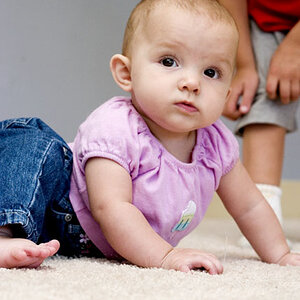
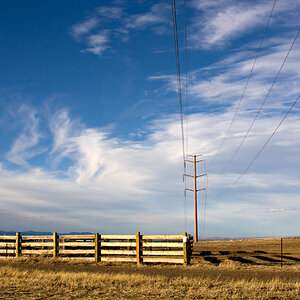
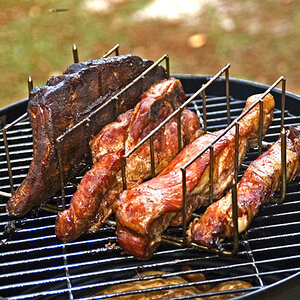
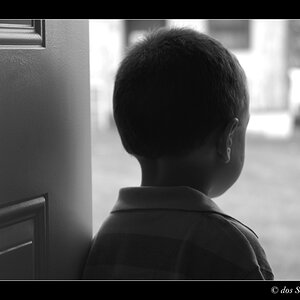
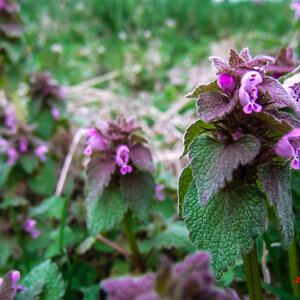
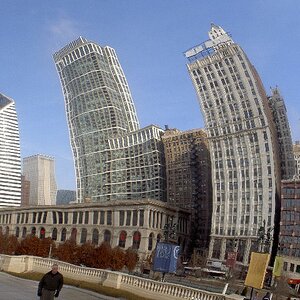

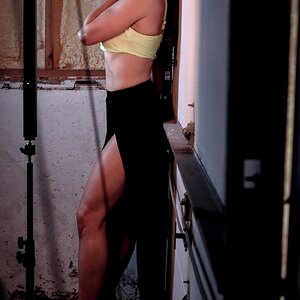

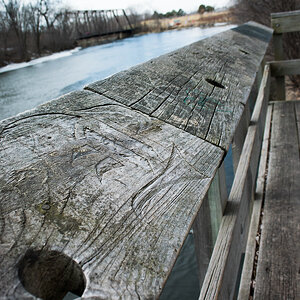
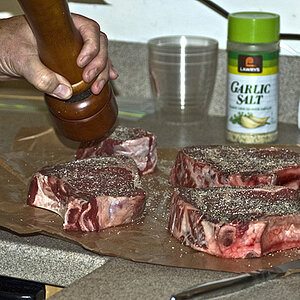
![[No title]](/data/xfmg/thumbnail/35/35597-714b74cc48992e5353856abfe325df68.jpg?1619737065)